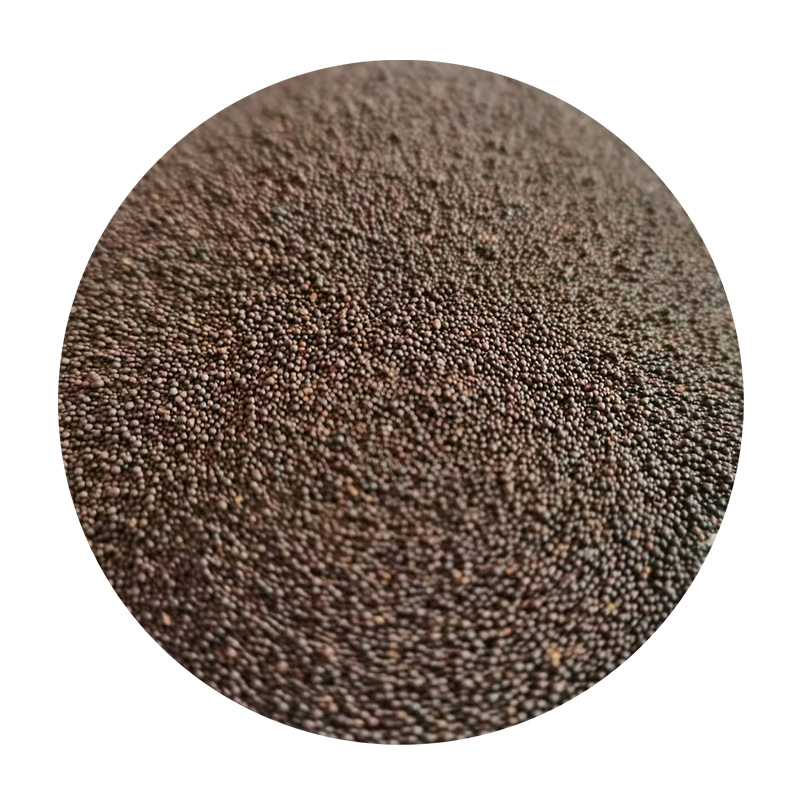Parting Sand in Foundry An Essential Element in Metal Casting
In the realm of metal casting, the term parting sand refers specifically to a crucial component that facilitates the creation of molds. This fine, granular sand serves as a barrier between different layers in the casting process, which plays an instrumental role in ensuring the final product's quality and dimensional accuracy. The importance of parting sand cannot be overstated, as it directly influences the efficiency and outcome of manufacturing complex metal components.
What is Parting Sand?
Parting sand is typically composed of high-quality silica sand, which is chosen for its excellent refractoriness and ability to withstand the high temperatures associated with molten metal. Unlike regular molding sand, which is primarily used to create the mold core, parting sand is specifically applied to prevent adhesion between the mold halves. This separation allows for the easier removal of the mold without damaging the intricate details of the cast.
Importance of Parting Sand
1. Ease of Mold Release One of the primary functions of parting sand is to provide a smooth release surface for the mold halves. During the casting process, once the metal cools and solidifies, the mold must be separated carefully to extract the cast object. The presence of parting sand reduces the friction between the two halves, allowing them to be separated cleanly and with minimal effort. This ease of release is especially critical for complex molds with detailed designs.
parting sand in foundry

2. Enhanced Surface Finish The use of parting sand contributes to a better surface finish of the final cast object. As it prevents the sticking of the molding material, parting sand ensures that fine details are preserved during the demolding process. A smooth surface not only enhances the aesthetic appeal of the final product but also reduces the need for additional finishing processes, saving time and resources.
3. Minimizing Defects Parting sand plays a significant role in minimizing casting defects. It helps to prevent the occurrence of surface defects, such as scratches or blemishes, that can arise from the mold material adhering to the cast. By acting as a barrier, parting sand protects the integrity of the mold and ultimately leads to higher-quality castings.
4. Thermal Insulation In addition to its mechanical properties, parting sand also provides some degree of thermal insulation. This is particularly advantageous during the cooling phase of the casting process, as it helps to regulate the temperature of the mold and ensures that the metal solidifies evenly. Proper cooling contributes to the strength and durability of the final product.
Conclusion
In summary, parting sand is a fundamental aspect of the metal casting process, playing a critical role in mold release, surface quality, defect reduction, and thermal management. Its application may seem simple, yet its impact on the efficiency and quality of casting operations is profound. For foundries aiming to produce high-quality castings, understanding and utilizing the right type of parting sand is essential. As technology advances and manufacturing processes evolve, the role of parting sand will likely continue to be a vital consideration in the pursuit of excellence in metal casting.
Post time:កញ្ញា . 03, 2024 22:16
Next:sand casting sand types
